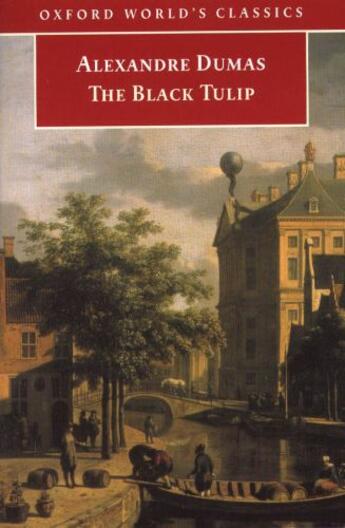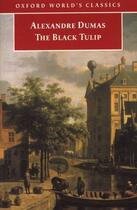Résumé:
Alexandre Dumas's novels are notable for their suspense and excitement, their foul deeds, hairsbreadth escapes, and glorious victories. In The Black Tulip (1850), the shortest of Dumas's most famous tales, the real hero is no Musketeer, but a flower. The novel - a deceptively simple story - is... Voir plus
Alexandre Dumas's novels are notable for their suspense and excitement, their foul deeds, hairsbreadth escapes, and glorious victories. In The Black Tulip (1850), the shortest of Dumas's most famous tales, the real hero is no Musketeer, but a flower. The novel - a deceptively simple story - is set in Holland in 1672, and weaves the historical events surrounding the brutal murder of John de Witte and his brother Cornelius into a tale of romantic love. The novel is also a timeless political allegory in which Dumas, drawing on the violence and crimes of history, makes his case against tyranny and puts all his energies into creating a symbol of justice and tolerance: the fateful tulipa negra.
This new edition reprints the first, classic English translation. David Coward sets the novel in the context of its author's life, the turbulent history of the Dutch Republic, and the amazing `tulipmania' of the seventeenth century which brought wealth to some and ruin to many. - ;Alexandre Dumas's novels are notable for their suspense and excitement, their foul deeds, hairsbreadth escapes, and glorious victories. In The Black Tulip (1850), the shortest of Dumas's most famous tales, the real hero is no Musketeer, but a flower. The novel - a deceptively simple story - is set in Holland in 1672, and weaves the historical events surrounding the brutal murder of John de Witte and his brother Cornelius into a tale of romantic love. The novel is also a timeless political allegory in which Dumas, drawing on the violence and crimes of history, makes his case against tyranny and puts all his energies into creating a symbol of justice and tolerance: the fateful tulipa negra.
This new edition reprints the first, classic English translation. David Coward sets the novel in the context of its author's life, the turbulent history of the Dutch Republic, and the amazing `tulipmania' of the seventeenth century which brought wealth to some and ruin to many. -
Donner votre avis
















